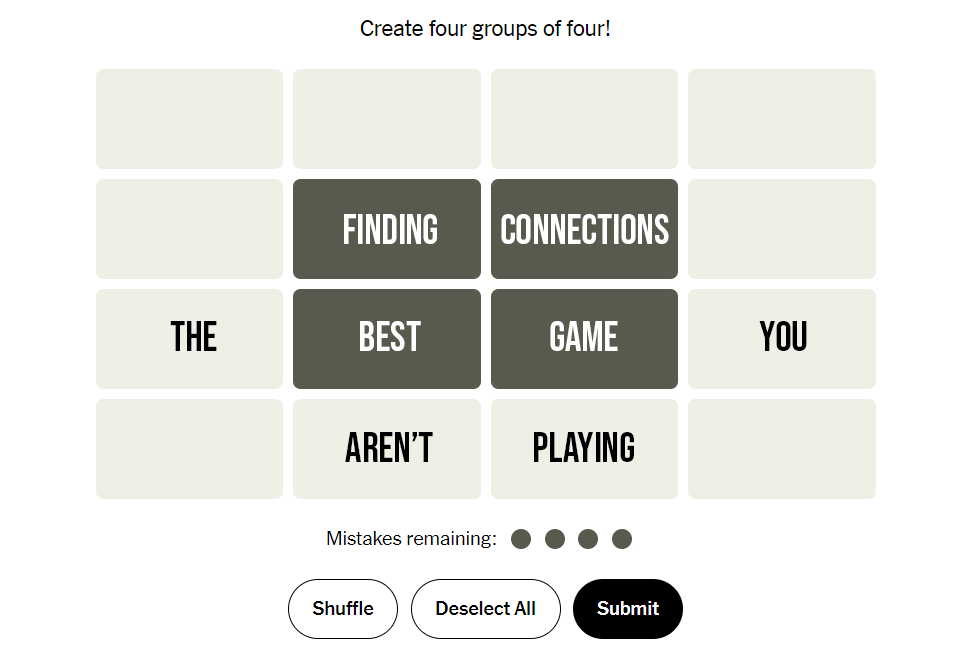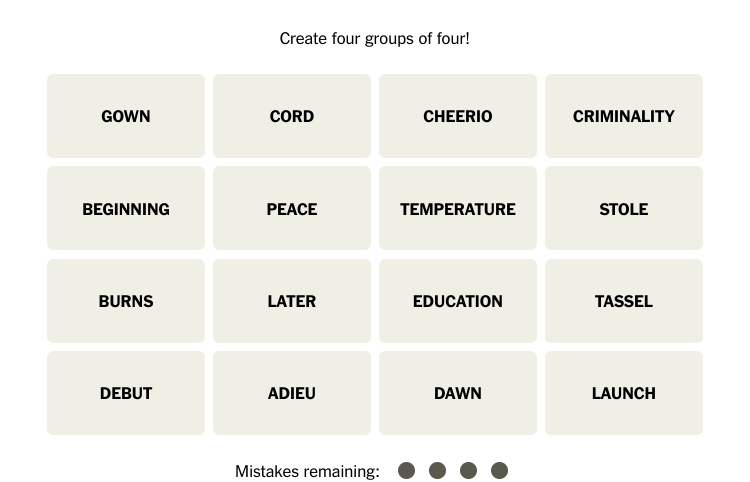The snack vending machine in the fishbowl was out of order on Oct. 11 after students damaged the machine’s delivery bin and stole items from its bottom row.
The damages and lost inventory, Mrs. Molly Stolfa, one of the directors of Community’s Student Support Program, said, will potentially cost the program hundreds of dollars.
The vandalism and theft also carry a human cost, as the proceeds from the vending machine directly support SSP’s students, students in need of additional supports.
The vending machine’s proceeds, Stolfa said, allow the program to fund a variety of supports: from purchasing essential supplies for some of the students, like clothing and shoes for job interviews, to providing incentives for student success for others.
Beyond that, Stolfa said, the vending machine is an important teaching tool for SSP students.
“We have a study skills class that works on inventory, stocking, loading, keeping track of the money and buying the product,” Stolfa said.
The out-of-commision machine disrupts the SSP curriculum, Stolfa said.
The recent vandalism follows last year’s damage to the machine’s money sensor, caused by students shaking the machine. That repair cost SSP $350, a price that could have been much steeper.
The cost to the program was “very expensive,” Stolfa said, even considering the kindness of the repairman.
The technician, Stolfa said, “was really nice” and “willing to…give us a refurbished piece,” completing the repair for “as low [a cost] as he could.”
While the machine was out of order, the SSP students lost the revenue the machine would have otherwise generated, something that is already limited by the low prices of the items for sale.
The machine’s profit margins, Stolfa said, are “slim,” as most goods are sold with minimal markup.
Some items, Stolfa said, are sold at a loss.
“You can’t buy gum, even at Sam’s, for less than $1 a pack,” Stolfa said. “There are certain things we lose money on.”
“We certainly lose money when [students are] scamming the machine,” Stolfa said.
That’s a trend that began last year as well, with students turning to TikTok to learn how to “hack” the machine.
One hack, Stolfa said, allowed students to drain an entire row of products for a dollar.
“If a bag of chips costs us .87 and [students are] getting multiple items for $1,” Stolfa said, “we’re losing money.”
Another hack resulted in the machine spitting out quarters from its coin collector.
“We’ve been disappointed,” Stolfa said, “by how many students are willing to steal from it.”



![Community honors longtime coach Mr. Bryan Thomas before Oct. 3 game [photo gallery]](https://nchsinkspot.com/wp-content/uploads/2025/10/Thomas-6-1200x1200.jpg)























![Playoffs Rd. 1: Coach Drengwitz on Ironmen’s 7A playoff opener at Carmel Catholic [video]](https://nchsinkspot.com/wp-content/uploads/2025/10/PW_PresserVCC_Thumb.png)



















![Halloween candy cross section quiz [quiz]](https://nchsinkspot.com/wp-content/uploads/2022/10/Candy-cover-big-900x675.png)
![Average Jonah? [quiz]](https://nchsinkspot.com/wp-content/uploads/2022/05/average-jonah-900x600.png)







![[Photo Illustration]](https://nchsinkspot.com/wp-content/uploads/2025/09/trigger-words-1.png)










![Hauntcert performers on why this year’s show hits all the right notes [video]](https://nchsinkspot.com/wp-content/uploads/2025/10/Untitled-2.png)

![Ironmen volleball head coach Ms. Christine Konopasek recorded her 400th career victory Oct. 21 as the Ironmen closed their regular season with a 2-0 sweep over Danville.
[Photo Illustration]](https://nchsinkspot.com/wp-content/uploads/2025/10/Vball400Thumb.png)





![Week 9: Coach Drengwitz on Week 8’s win, previewing Peoria High [video]](https://nchsinkspot.com/wp-content/uploads/2025/10/W9_PeoriaThumb.png)
![Postgame: Drengwitz on Community’s 56-6 win over Champaign Centennial; staying unbeaten in Big 12 [video]](https://nchsinkspot.com/wp-content/uploads/2025/10/10.17_FBwChampCent56-6_POST_thumb.png)
![On the Spot: This or That – Halloween [video]](https://nchsinkspot.com/wp-content/uploads/2024/10/tot-Halloween-YT-1200x675.png)
![On the Spot: This or That – Fall favorites [video]](https://nchsinkspot.com/wp-content/uploads/2024/10/ots-fall-web-1200x800.png)
![On the Spot – Teachers tested on 2023’s hottest words [video]](https://nchsinkspot.com/wp-content/uploads/2024/01/On-the-Spot-Teachers-tested-1200x675.png)








